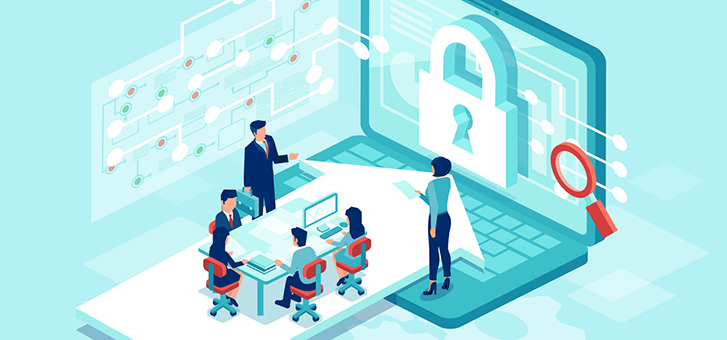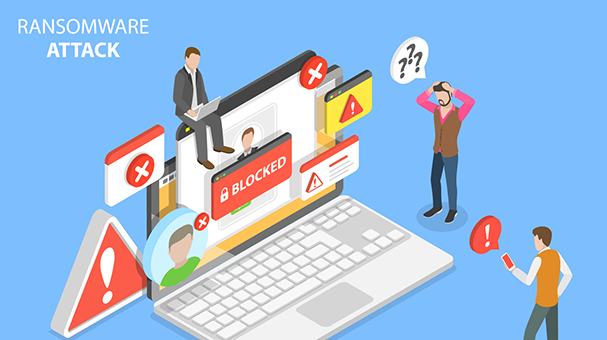In today's interconnected world, cybersecurity threats have become a pervasive concern for individuals and organizations alike. Among the most notorious and damaging forms of cyber attacks are malware, spyware, and ransomware. These malicious software types are designed to infiltrate systems and wreak havoc on digital infrastructure. While they share a common goal of exploiting vulnerabilities, each of these threats possesses distinct characteristics and motives. In this article, we will delve into the worlds of malware, spyware, and ransomware in order to understand their key differences and similarities.
What is Malware?
Malware is short for malicious software and refers to any program or code designed with intent to cause harm. Malware comes in various forms and can be spread through email attachments, malicious links, infected software, or USB drives. It is specifically designed to disrupt, damage, or gain unauthorized access to a computer system and is often used by cybercriminals to gain access to sensitive information, cause damage, or steal data.
Malware refers to a category of malicious software rather than a specific kind. In fact, both ransomware and spyware are considered types of malware.

What is Ransomware?
Ransomware is a particular type of malware designed to deny access to data or systems. Specifically, ransomware encrypts the victim's data or systems and demands a ransom payment in exchange for decryption or regained access.
Ransomware is a particularly threatening type of malware because it directly targets the victim's data, which is often valuable and irreplaceable. This can be damaging to any company’s reputation, and can even lead to legal issues, especially for companies in industries with stringent data-handling compliance requirements.
Cybercriminals using ransomware also often demand cryptocurrency as payment. This tactic has made it easier for them to receive ransom payments anonymously—and more difficult for law enforcement to track those payments. More recently, some cybercriminals using ransomware have upped the stakes by exfiltrating sensitive data along with encrypting large portions of an organization’s data and threatening to publicly release the exfiltrated data if the ransom is not paid.

What is Spyware?
Spyware is another type of malware which is more discreet. Spyware gathers and transmits sensitive information from a victim’s computer or device without their knowledge or consent and without announcing its presence. Cybercriminals using spyware might collect login credentials, browsing history, keystrokes, credit card numbers, or any other sensitive data. Spyware may also be able to capture screenshots, audio, and video.
Spyware can be used for various purposes, including identity theft or corporate espionage. Some stalkers or perpetrators of domestic violence also use it to monitor their victims.
| What? | Why? | |
| Malware | Malicious software designed for harmful or disruptive purposes | Many reasons, all of them malicious |
| Ransomware | Malware that encrypts a victim's data and demands a ransom | Extort money from victims by holding their data hostage |
| Spyware | Malware that secretly gathers and transmits sensitive information | Monitor a user's activities and/or gather sensitive data |
How to protect your business
Malware, like the technology it exploits, is ever evolving. While there is no one-and-done solution, there are ways to make yourself less vulnerable and ensure a swift recovery if you are attacked.
Keep your software up to date, use antivirus software, and implement strong passwords and multi-factor authentication to help prevent phishing attacks that can install malware on your system.
Learn to recognize phishing and other social engineering attacks. Be cautious when opening attachments or clicking on links from unknown senders.
Regularly back up your data and keep a copy in a secure location.
Create a response plan that outlines the steps you will take in case of a cyberattack.
Malware—including ransomware and spyware—are increasingly prevalent and sophisticated, and organizations of all sizes need to be proactive in protecting their systems and data. However, by implementing these best practices, businesses can significantly reduce their risk.
Rubrik helps organizations protect their data against malware by:
Securing data from threats with air-gapped, immutable, access-controlled backups.
Continuously monitor and remediate data risks, including ransomware, sensitive data exposure, and indicators of compromise.
Surgically and rapidly recover your apps, files, or users while avoiding malware reinfection.
Learn more about how Rubrik can help you protect your data—and your organization—today.